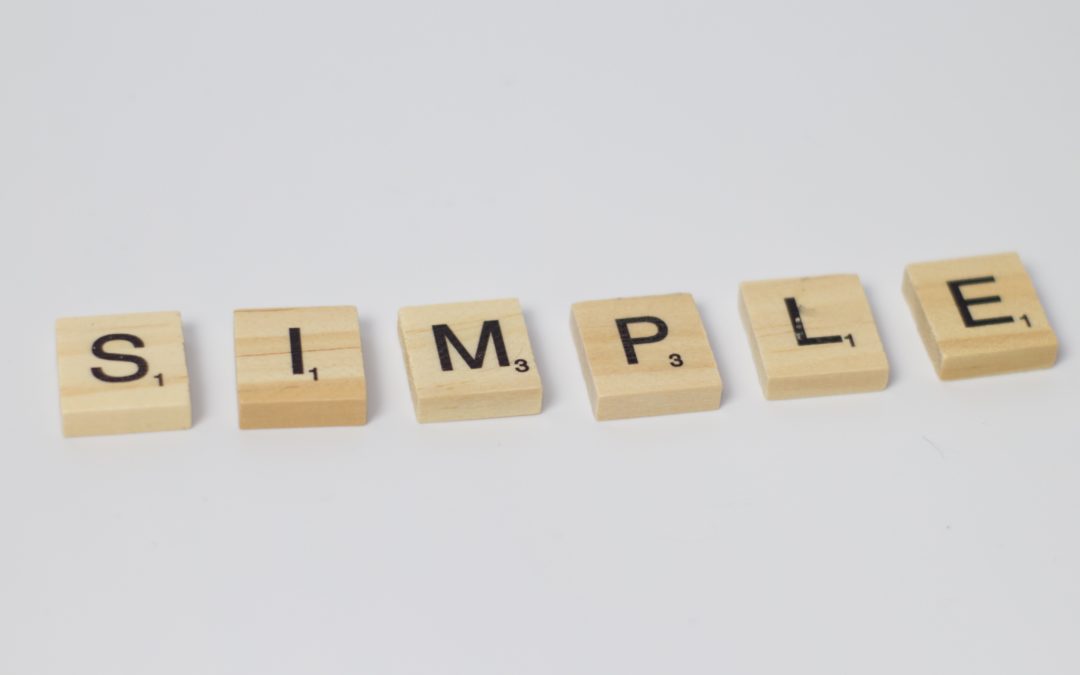For everybody involved in the medical industry it is obvious that in order to speed up the development of new medicines, efforts should be made to involve the society, particularly patients, in this process to a bigger extent. In order to achieve this goal, the availability of information about ongoing clinical research projects should be improved. In particular this refers to clinical trial synopses written in lay language or, the so-called, Plain Language Summaries, which are understandable to a person not closely familiar with the field of medicine and not educated to practice a medical profession. The terms “Plain Language Summary” and “Lay Language Summary” are often used interchangeably, but although they are closely related, there are some significant differences in meaning.
“Lay Language Summaries” (the LS; HERE you can check out an article which we already published on these summaries) are to inform the public and the clinical study subjects about the results of a conducted study in an easy-to-understand manner, usually corresponding to the level of reading skills of an average 12-year-old. Sponsors of clinical studies have been obliged to provide their summaries written in a simple language since 31 January 2023, which is when new requirements specified in Regulation (EU) No 536/2014 entered into force. Along with a Lay Summary, a technical summary of the results of all interventional studies, from phase I to phase IV, will need to be submitted within 12 months of the end of the study to the Clinical Trial Information System (CTIS) established by the European Medicines Agency (EMA), in accordance with Annexes IV and V to the above-mentioned Regulation. Improving transparency in communication with patients is aimed at gaining the public trust and raising awareness about clinical studies. It may also positively impact patient recruitment and retention in the long-term perspective.
In contrast “Plain Language Summaries” (PLS) are short summaries of scientific publications, conferences or medical research that provide access to scientific information written in an easily understandable manner without any professional jargon.
They may also serve physicians as aids when presenting new or significant studies to their patients. The length of Plain Language Summaries can vary significantly – some of them are short, about the same length as scientific abstracts, whereas the other ones are much longer and contain visual material. They may constitute a part of a scientific paper, be treated as additional materials or separate publications, known as PLSP or Plain Language Summary Publications. Such secondary publications are generally accepted, have their own unique identification number (DOI) and may contribute to an increase in the number of readers of the original scientific paper. Plain Language Summaries are more and more frequently used by scientific journals and sponsors of clinical research projects, and, just like Lay Summaries, they increase the involvement of the general public in research and raise awareness of the importance of research and development.
Unlike Lay Summaries, Plain Language Summaries do not need to be recorded in a CTIS database. It also needs to be emphasized that Plain Language Summary is by far not the only term used to denote this specific type of publication (other terms used are e.g. lay abstract, patient summary, lay language summary). Therefore it is sometimes more difficult for professionals, let alone patients, to actually find them. Most of the patients use Google to look for resources (sources: LINK, LINK). A study conducted in 2020 proved that no summaries or study synopses containing easily understandable information ever reach their full potential if they are difficult to find and are not properly indexed and positioned in popular search engines (source: LINK).
Pursuant to Regulation (EU) No 536/2014, Lay Language Summaries are to be submitted in official languages of all European countries where the study was conducted, which is a step forward towards better understanding and easier access to information by patients.
Although it is not required to translate Plain Language Summaries into local languages, their availability in more language versions could not only raise awareness of a wider public, but also facilitate access to the original articles on which the summaries are based. KONTEKST team has adequate know-how to ensure that your summaries written in a simplified language are translated faithfully and their initial meaning is always retained. Our work contributes to broadening the scope of understandable information about the studies you conduct for the general public and patients.
